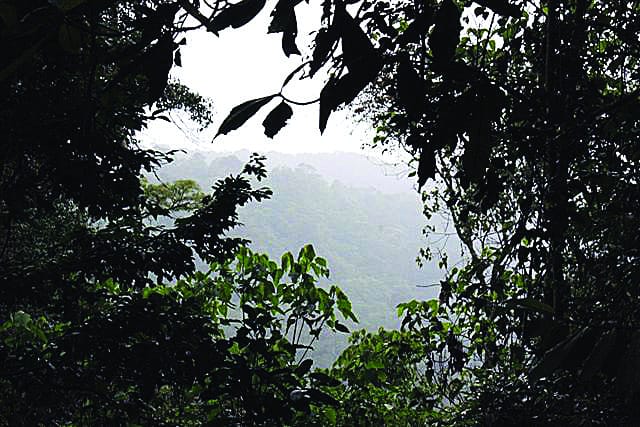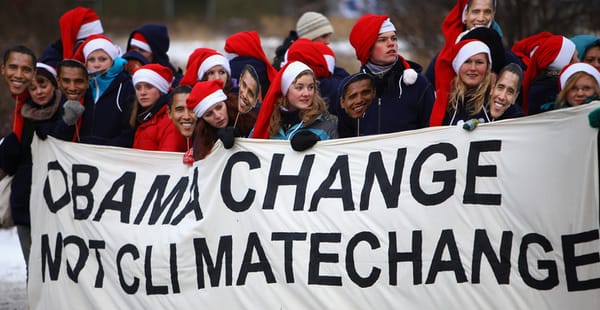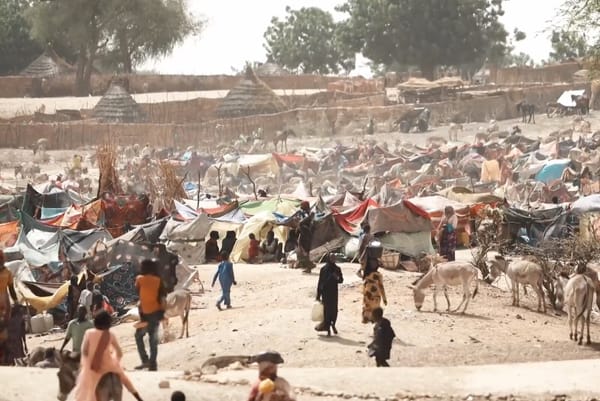ICE - The way forward?
Harry Brainch, ICE - The way forward?

When Ethiopia commenced construction of a dam on the Upper Omo river in 2006, groups downstream in Ethiopia and Kenya made their opposition clear. The dam, they said, would affect communities and wildlife by interfering with the annual supply of nutrient-rich floodwaters that nourish grazing areas and wetlands. The Ethiopian government argued a pressing need for hydro-electricity, dismissing environmental effects as “minimal”. There is little recourse for opposing groups. Although in August 2009 a lobby group managed to persuade the African Development Bank (AfDB) to review their financing of the project on environmental grounds, construction is ongoing.
The controversy surrounding the Gibe dam is redolent of an era in which environmental challenges are increasingly complex and trans-boundary. The drivers of problems such as water use, deforestation and pollution are diffuse and complex, no longer confined to local actions that can easily be addressed. What responses have we crafted to meet this challenge? Global environmental protection consists of little more than a handful of narrow bilateral and multilateral treaties, underpinned by enforcement mechanisms that relate only to states – whilst interested parties as well as transgressors include NGOs and private actors.
There is an apparent mismatch between the interdependence of global environmental problems and the absence of global governance to address such problems.
Witness the difficulties in securing agreement in Copenhagen, where countries struggled to agree a coherent and legally binding response to the potential threat of climate change. Consider also hapless attempts to rescue the blue-fin tuna from commercial extinction even as the last viable stocks are depleted. International companies are currently free to conduct their most polluting activities in countries where environmental controls are least stringent, with a good chance of impunity.
Enter the International Court for the Environment (ICE), offered as a leap towards multi-lateral, trans-boundary stewardship of the environment. Proponents envisage an international court constituted for the adjudication and enforcement of existing and future environmental treaties, underpinned by a robust lawmaking institution and permissive of access by a range of parties including states, non-governmental and private actors.
These are ambitious aims – but then the court is meant to address an urgent challenge. Current environmental protections have failed to stem the tide of pollution, deforestation, species loss and other environmental degradation.
But creating such a court outright is unrealistic and so the ICE Coalition, which is pushing the proposal, envisages that the ICE could evolve slowly by starting out as a voluntary dispute tribunal.
An “interim” court would allow state and non state actors to seek ad-hoc clarifications and judgements on environmental disputes, on a voluntary basis. The coalition hopes to make the interim ICE a tribunal of choice to resolve trans-national environmental disputes, generating momentum towards a more universal and binding court in future years.
A post-Kyoto agreement, if agreed in Copenhagen or thereafter, might make a useful testing ground for an interim court. At present, Kyoto is enforced by a committee branch with recourse to the International Court of Justice (ICJ) - in whose chambers no environmental dispute has ever been heard. There is an opportunity for an ICE to fill this gap in the legal architecture in future agreements.
However constituted, the ICE will face the challenge of convincing states to surrender judgement on environmental matters. Notions of supra-national justice are already problematic – the International Criminal Court (ICC) has been labelled biased by some developing nations for targeting states opposed to Western interests and values. The Chinese government rejects the ICC, whilst the US will not ratify the agreement because it supersedes the US constitution.
The interim ICE would be an entirely different animal, but some states will undoubtedly view the idea of a global legal authority on environmental matters with great suspicion.
Anticipating this, the coalition argues that developing states would have the most to gain from an ICE, providing them access to justice against government and private actors who cause environmental harm to their territories.
Providing locus standi to non-state actors is an ultimate aim, though the coalition hints that in order to secure support from states, private parties might only secure declarations and non-binding remedies. This sounds rather toothless, yet the threat of embarrassment before an international body is a potent lever.
The ICE coalition is optimistic, and hopes that against the current backdrop of increasing environmental awareness an interim ICE could be created in much less than the ten years it took to create the ICC. An interim court might not yet forcibly hold states to account, but it may change the manner in which international environmental disputes are approached, a so-called “game changer”.
Reaching the end state will require hard lobbying, backed up by a successful interim ICE and support from certain key states. If successful, the position of groups like those in the lower Omo valley might be better heard and understood in future.






